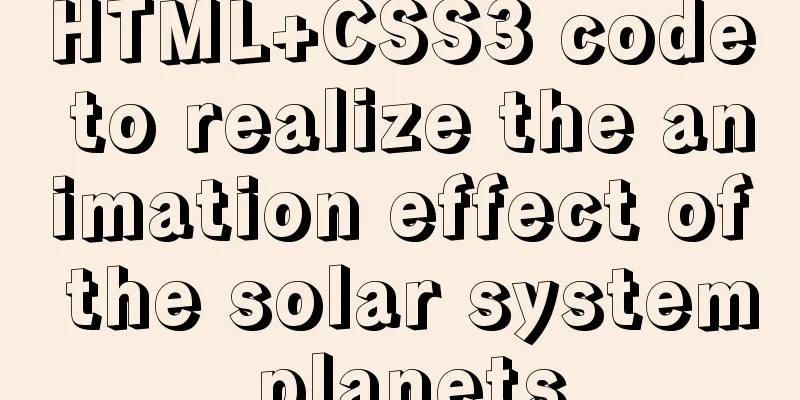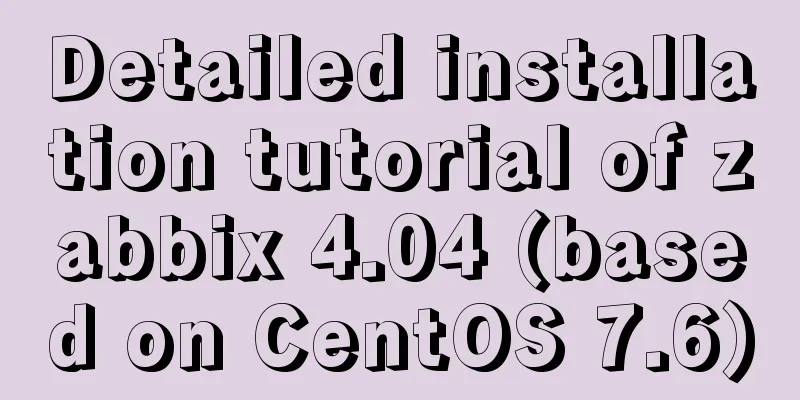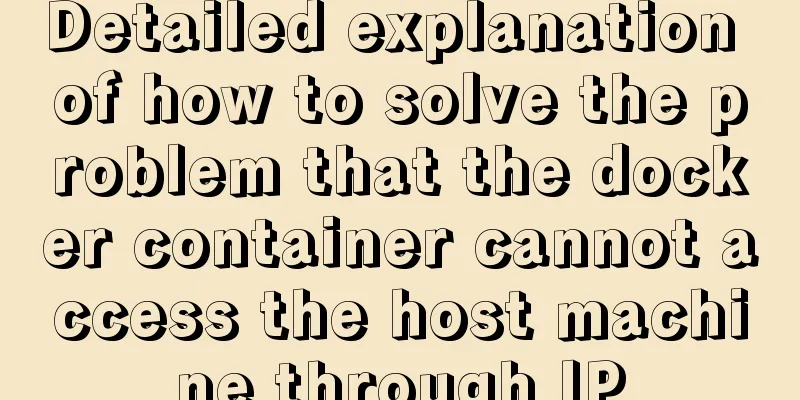7 major elements of web page redesign Share the 7 major elements of web page redesign

|
Shopify Plus is the enterprise version of the e-commerce platform we founded. Released in February 2014, it is still the first version. I think it's time for a revamp. After more than a year, we have a deeper understanding of both our customers and ourselves. The old brand is no longer relevant. We don’t have any special process, we just connect the following 7 things together to achieve our goal. InterviewI held one-on-one meetings with members of the executive team to clarify what Shopify Plus was. To ensure authenticity, I recorded each interview for later playback. After the interview, inspiration struck—I felt like I knew this product inside and out. Writing vision, mission statements, brand guidelines, project overviews, and website copy just got easier. Our website needs to do a better job of communicating information and generating insight. Project OverviewBefore diving into the project, we wrote a project overview to get everyone on the same page. We will update it as appropriate to reflect the current status of the project. Some questions you might ask in your project overview:
Competitive product analysisWe looked at what other similar products there were. I started with a list of competitors and then moved on to companies outside of the e-commerce space that were targeting the same customers as us. We looked at the strengths, weaknesses, and opportunities of our competitors, as well as key areas we wanted to focus on—and areas we wanted to avoid.  Our competitive product analysis document Information ArchitectureInformation structure is the organization of content to make it easy to understand. In web design, a structure diagram reflects the relationship between the pages on a website, allowing you to see the composition of the website from a higher perspective. I drew an information structure diagram for the old website to show the relationship between the pages. Before updating and changing, I evaluated the content, goals and workload. This chart helped us scope the project and served as a to-do list for all the pages we would write, design, and code.  Shopify Plus information structure diagram WireframeThroughout the redesign process, I used wireframes to help me think through problems and inspire creativity. Some were drawn on napkins and shared face to face, while other sketches were shared online. Wireframing has an unexpected benefit: it helps you write content. Writing a document makes it difficult to visualize everything. Pasting content in a wireframe gives people a clear sense of the jump flow of the page and how each piece of content relates to the others.  High-fidelity wireframes for the Shopify Plus redesign Inspiration boardMy inspiration board showing what the new brand might look like. They help me get feedback from the team early in the project. I use Pinterest to create multiple artboards to break down topics like navigation, animation, and fonts so that ideas don’t get lost in a single artboard. During the research process, I drew inspirational ideas in Illustrator, combining text, pictures and color palettes into advertising-like patterns. The same design elements appear in various design drafts, but their positions and expressions vary.  Shopify Plus Inspiration Board  Explore possible branding for Shopify Plus from inspiration boards Renderings and interactive prototypesMost people don’t pay much attention to wireframes and web designs when they are printed on paper. Showing the design on screen is great, though. I start creating interactive renderings early in the wireframing process. Continue sharing them with the client and team until the site is coded. I asked them to speak their minds while browsing so I could understand what they were thinking when they were operating the interface. These feedbacks highlighted local issues and verified the design solutions, facilitating the finalization of the project.  InVision Project Page for Shopify Plus  Collecting Feedback for Shopify Plus While some organizations insist on a particular order in their redesign process, these seven steps worked well for us. Choosing a strategy that fits your workflow is an important factor in the success of your redesign. Author information: Filippo Di Trapani, Designer at Shopify Filippo is a designer working at Shopify's headquarters in Ottawa, Canada. He's a loving husband, father of 2, and an avid music lover. |
<<: Sample code for implementing neon button animation effects with CSS3.0
>>: Vue encapsulation component tool $attrs, $listeners usage
Recommend
I have compiled a few cool design sites that I think are good.
You must have inspiration to design a website. Goo...
Implementation of css transform page turning animation record
Page turning problem scenario B and C are on the ...
js implements array flattening
Table of contents How to flatten an array 1. Usin...
W3C Tutorial (3): W3C HTML Activities
HTML is a hybrid language used for publishing on ...
Detailed explanation of Linux remote management and sshd service verification knowledge points
1. SSH remote management SSH Definition SSH (Secu...
Docker builds kubectl image implementation steps
If the program service is deployed using k8s inte...
JavaScript knowledge: Constructors are also functions
Table of contents 1. Definition and call of const...
Why can't my tomcat start?
Table of contents Phenomenon: Port usage: Spellin...
N ways to achieve two-column layout with CSS
1. What is a two-column layout? There are two typ...
JavaScript to implement a simple web calculator
background Since I was assigned to a new project ...
Implementation example of react project from new creation to deployment
Start a new project This article mainly records t...
Vue's new partner TypeScript quick start practice record
Table of contents 1. Build using the official sca...
Summary of using MySQL online DDL gh-ost
background: As a DBA, most of the DDL changes of ...
Detailed explanation of the use of mysql explain (analysis index)
EXPLAIN shows how MySQL uses indexes to process s...
Common ways to optimize Docker image size
The Docker images we usually build are usually la...









